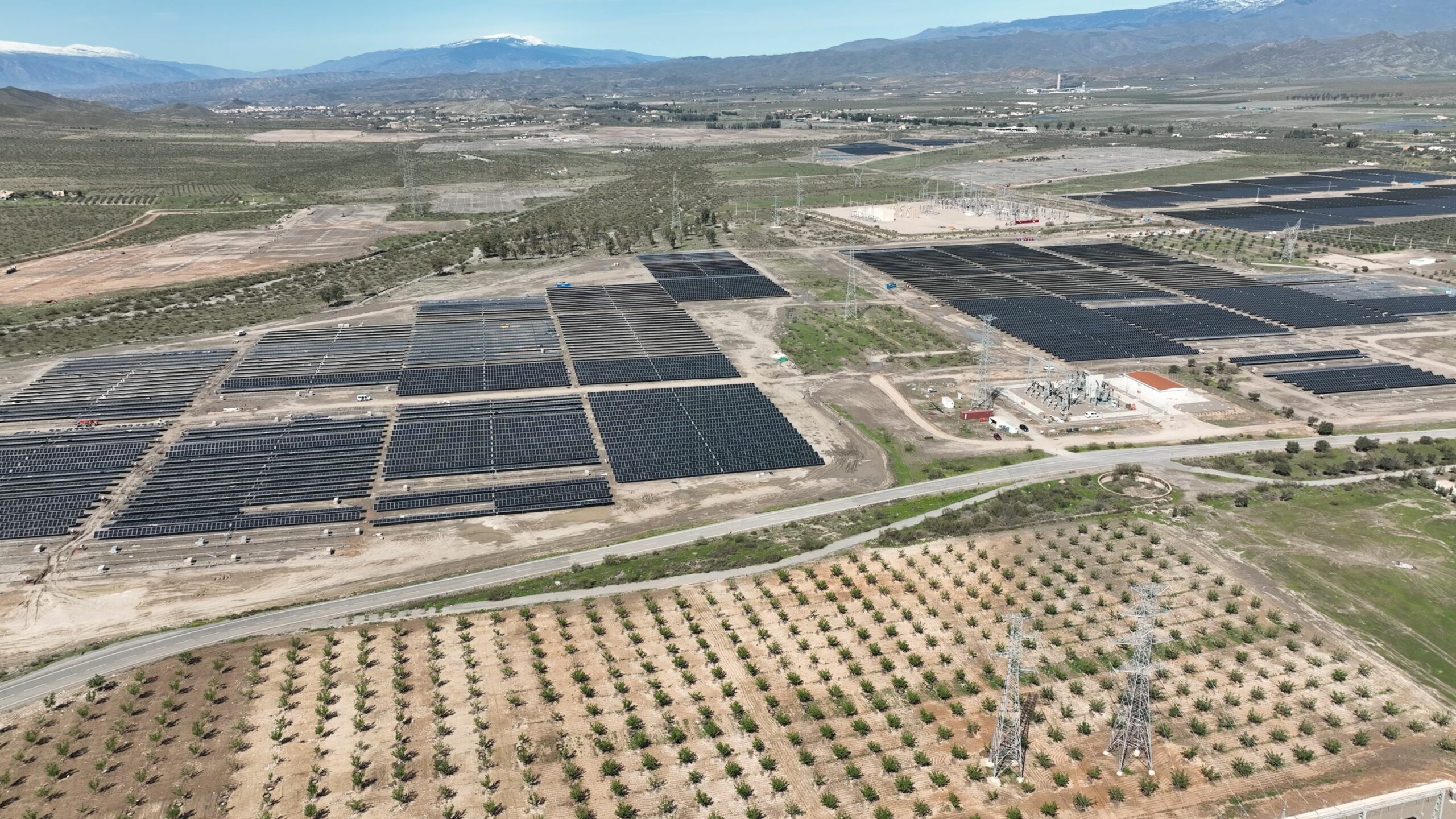Naturgy has started construction work on its first battery storage projects in Spain; batteries that will hybridise the photovoltaic parks of Tabernas I and II, in the province of Almeria, and El Escobar and Piletas I, in Las Palmas (Canary Islands), also managed by Naturgy.
These storage projects are part of the total portfolio of ten projects that Naturgy aims to launch in 2026: nine hybridised with photovoltaic plants and a stand-alone storage project directly connected to the grid in Vigo (Pontevedra). With these projects, the company will add a total power of 160 MW and 342 MWh to the national energy system.
These infrastructures will contribute to reinforcing electricity supply quality and will boost the energy transition by favouring a greater and more efficient integration of renewable energies into the grid, as they will be able to store energy for supply at times of lower solar production.
Naturgy’s battery storage projects are spread over a total of four autonomous regions and will involve a total investment of more than 80 million euros.
The total storage capacity of these ten lithium-ion battery projects is approximately 125,000 MWh/year, which is equivalent to the annual consumption of more than 38,000 households. Scheduled for commissioning in 2026, the projects have been funded by the European Union – NextGenerationEU under the Recovery, Transformation and Resilience Plan.
Battery storage, key to the energy system
These battery systems can store renewable energy to supply it later times of lower production, bringing flexibility to renewable energy production and guaranteeing its integration into the system.
According to National Integrated Energy and Climate Plan (PNIEC) projections, by 2030 the energy mix will be composed of 81% renewable energies in power generation. This situation poses the challenge to the energy system of ensuring it has flexible tools at its disposal to manage production, harmonise generation and consumption, avoid sudden drops in production and ensure the reliability of the system’s capacity.
In this scenario, storage is key to supply security and quality, which is why the PNIEC foresees the installation of 22.5 GW of storage by 2030. In addition, in February 2021 the Government of Spain published its Energy Storage Strategy, in which stationary batteries are one of the keys to the flexibility of the electrical system.
International experience in storage
Naturgy has experience in developing battery storage at international level. Through Global Power Generation (GPG), the group connected the world’s first battery storage facility —the ACT Battery project— to the Australian grid in 2023, marking a historic milestone for the company in the renewables business.
In that same country, this year Naturgy has commissioned Cunderdin, its first large hybrid photovoltaic generation and battery storage project worldwide. It consists of 229,500 modules and has a solar photovoltaic capacity of 128 MW, which are combined with a 55MW/220 MWh battery energy storage system.
